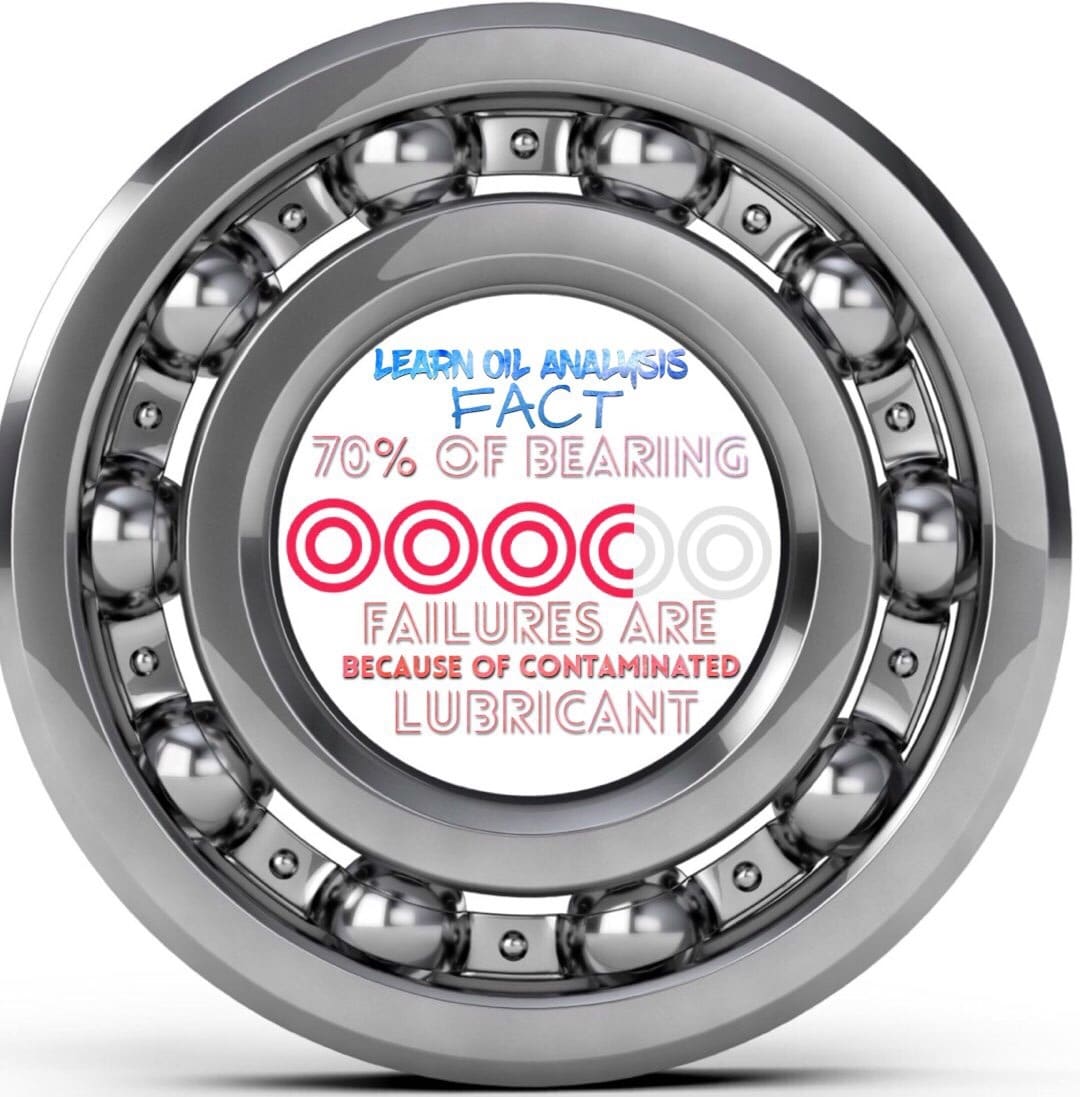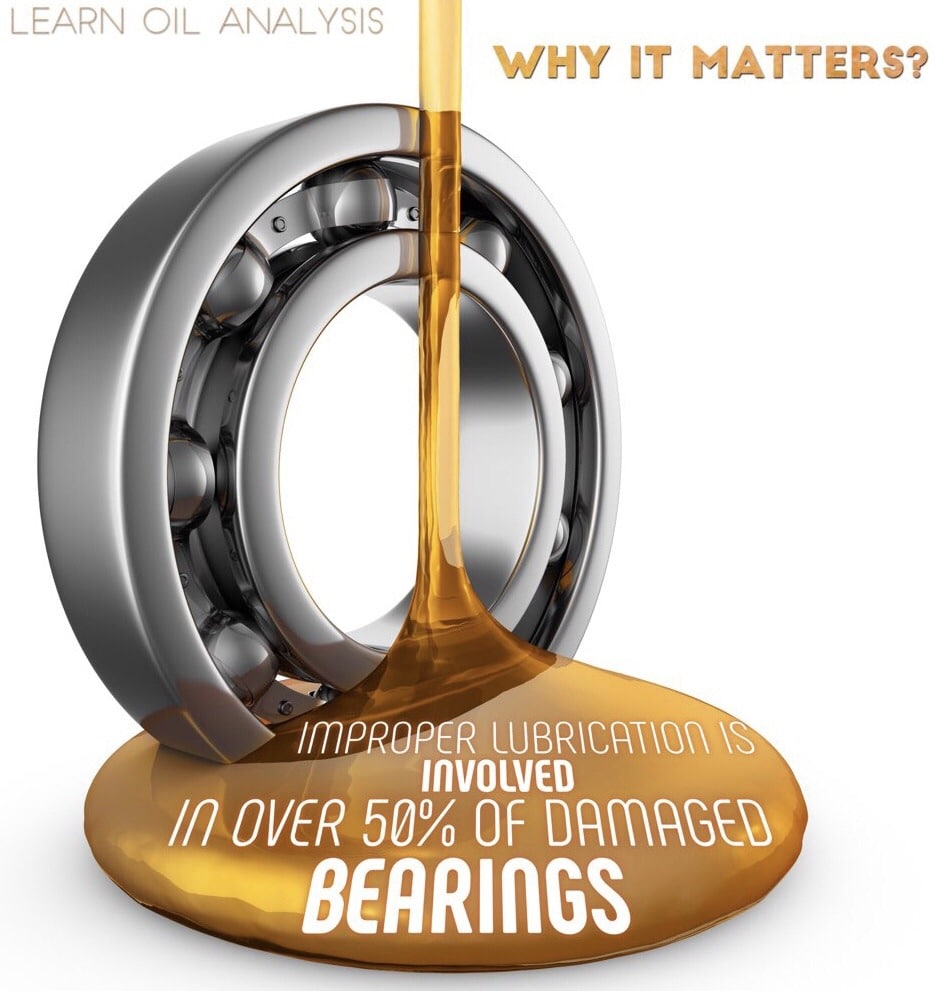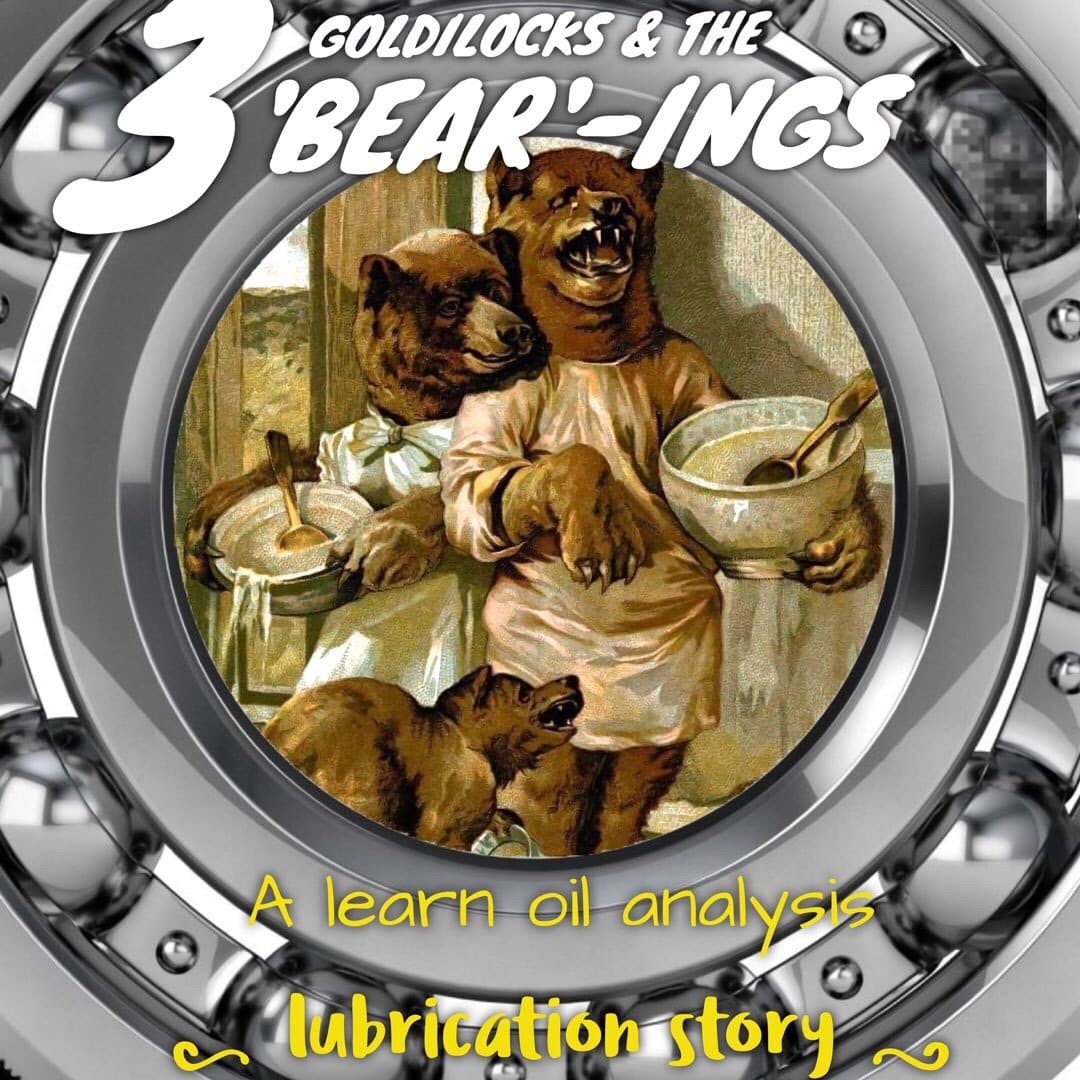Did you know there is a sweet spot for almost every lubrication property, too high or too low will cause problems and you need them just right. This effect of just right lubrication is really the Goldilocks of lubrication (from children’s story of a girl, three bears and porridge temperature). Interestingly this article will also involve a different type of bear, in the form of bearings (apologies for the poor pun).
A classic example is viscosity in which too high a viscosity can lead to overheating and high energy consumption. On the other hand, a too low viscosity can lead to high wear rates. Viscosity needs to be just right to balance these two effects.
The same is true of lubrication, in which it is possible to over lubricate, especially with bearings. It was once a common practice, but is now an outdated belief, that when there are problems to just pack a bit more grease in the bearing to fix it. This often resulted in severely over lubricated bearings and actually brought about failures sooner than if nothing had been done.
Lubrication in the case of greases have very specific regiemes and can vary based on bearing type and manufacturer.
A well renowned bearing manufacturer once told me a good rule of thumb calculation for the amount of grease to add is:
Grease in grams to fill bearing = bearing outer diameter (mm) x bearing width (mm) x OEM bearing relube factor. *
Examples of this OEM bearing relube factor would be:
- Side filled greased bearings= 0.05*
- Annular groove and lubrication holes = 0.02*
*Note you should always consult your bearing manufacturer for exact relube volumes that are specific to your bearing.
Additional ways that over or under greasing can occur is based on time between re-lubrication of bearings. For example, the rate of many reactions -such as oxidation – doubles by every 10’C rise in temperature, so some bearing manufacturers use an increase of 15’C above typical bearing temperatures as a mandatory threshold to halve the time between regrease intervals. Other factors such as changing the type of motor to being vertical also halve the time between re-lubrication intervals. These parameters can also stack up so both an increase of 15’C and vertical motor would make this a quarter the time. In each case condition monitoring of the grease should still be performed to ensure re-lubrication should not be done earlier and also to identify any abnormal wear patterns that could be an indicator of early failures – usually contamination based. In fact 70% of all bearing failures are because of contamination – hence the reason to test your bearing lubes regularly.

You should always be mindful that drain intervals and re-grease intervals are an average based on a test bed system and the chances your bearing will be exactly the average are very rare as there will be differences in operating conditions between each bearing making them all unique.
So what effects do under and over lubrication of bearings have?
At least half of all damaged bearings are in someway related to poor lubrication management. Contaminated lubricant is the largest cause resulting in 70% of all failures and improper lubrication is a close second with 50% of failures. You will notice the figures add up to more than 100%, but that is because some failures involve more than one failure mode, hence count in more than one category.

The most common improper lubrication faults are over lubrication which causes additional wear as the bearing is pushed excessively by the lubricant elastohydrodynamic lubrication ball. This ball of lubricant is effectively solid at the pressures involved and hence additional force by over lubrication can lead to element bearing damage by work-hardening and fatigue wear.
Under lubrication in contrast leads to wear too by metal to metal contact.
In both cases failure of a bearing can lead to large costs not only in repair or replacement, but also in downtime too.
It is estimated over 1 trillion euros is the total cost of downtime, lost productivity and repair costs from lubricant related failures in Europe alone, and a similar figure for the USA. So if you want to help reduce your unwelcome failure costs click the chat icon at the bottom right of the screen to ask for help.


